We Wish All Markets Could Be Like This Market In Aix-En-Provence
Aix-en-Provence might just be the most laid-back, and well-funded, city in Provence — long considered a favorite vacation spot for affluent Parisians escaping the city heat via the high-speed TGV. The city, pronounced like the 19th letter of the alphabet / Los Angeles punk icons, is the ancestral home of post-Impressionist painter Paul Cézanne, and walking around the narrow streets — passing crumbling fountains and 17th Century mansions — it's as if you could open a door and stumble upon a scene like this.
The quiet Provençal life is often romanticized, and even during a recent November visit (the lowest of the low seasons), the famous southern sun was shining on the beautiful people walking the cobblestones, boxes of pastry in hand. Do these people not have jobs? Olivier Scola is the chef at Ze Bistro, a well-regarded modern bistro that utilizes the rich local products to the fullest. He's met me at the town's daily market in the Place Richelme ("the farmers' market to end all farmers' markets" according to journalist Luke Barr, author of Provence 1970).
"I don't know the world for fumier....fumier is... fumier is," puzzles a translator and local guide who has joined us in the square. "It is the sheeeet, the sheeeeet of the the lambs" says Scola, finding the word for manure in broken English. There's a point to all this fun with linguistics. The farms near Aix, and throughout the region, grow spectacular produce, cultivated using old-world techniques (less pesticides and genetic modification) and of course the local sheep population helping out with nature's Miracle-Gro. Scola walked me through the small market, waving to familiar faces, pointing out the crazy old lady who might take offense to me fondling her tubers. Here are some scenes from a late-autumn visit:
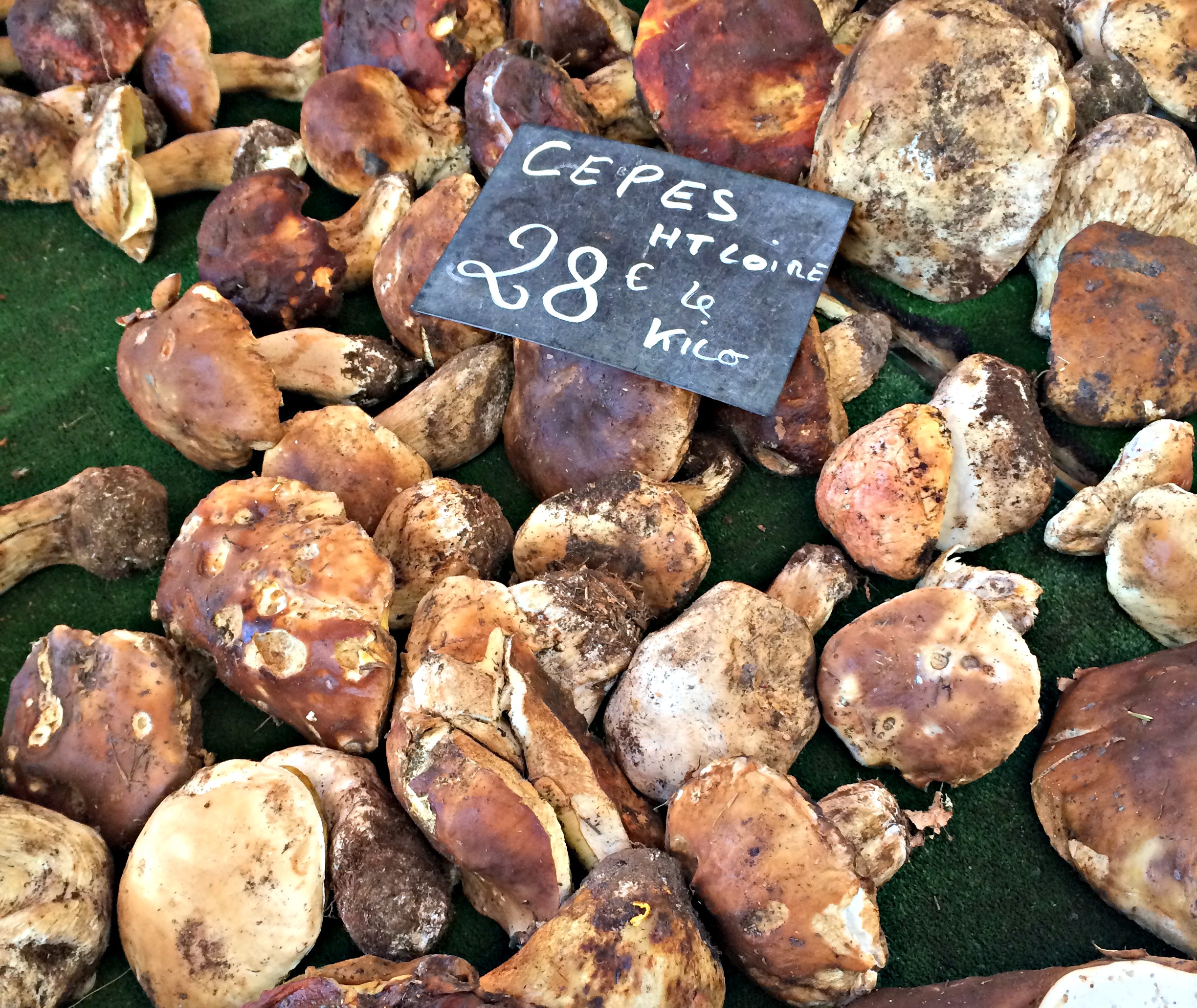 Cepes, known in English as porcini mushrooms. Beat-up and ready for stock.[/caption]
Cepes, known in English as porcini mushrooms. Beat-up and ready for stock.[/caption]
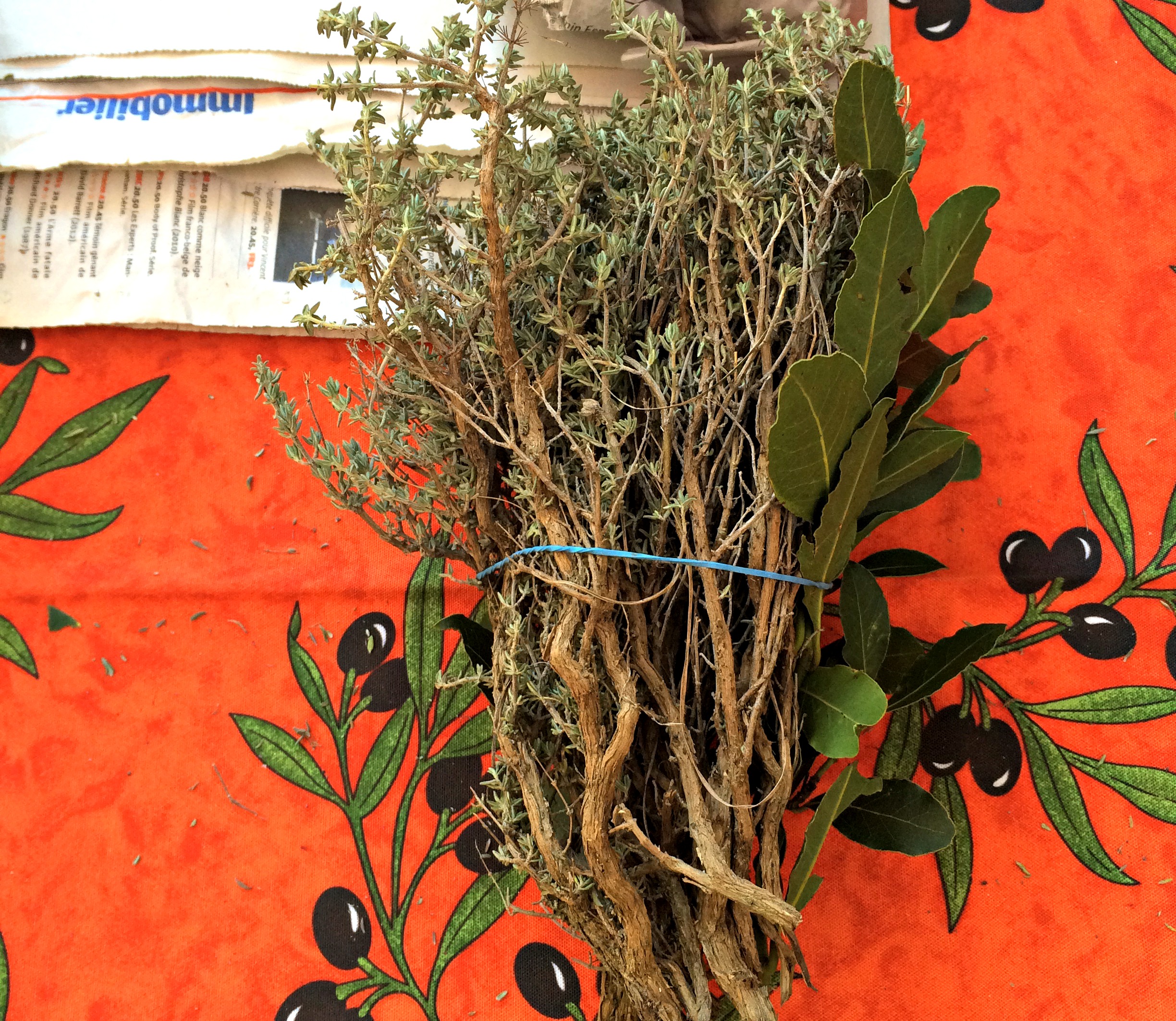 The classic herbes de Provence blend can include thyme, marjoram, rosemary, oregano and lavender. [/caption]
The classic herbes de Provence blend can include thyme, marjoram, rosemary, oregano and lavender. [/caption]
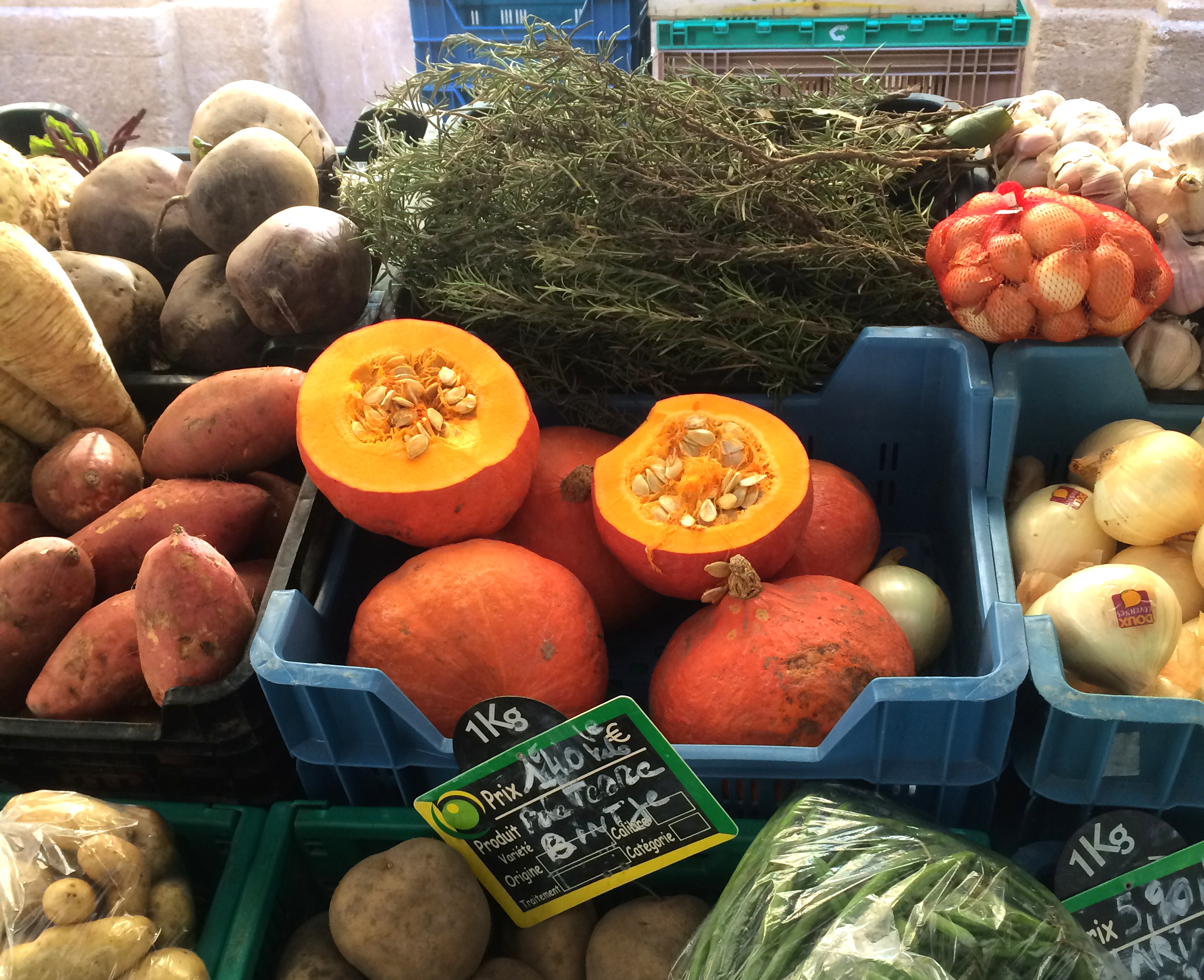 Pumpkin with giant seeds, great for roasting.[/caption]
Pumpkin with giant seeds, great for roasting.[/caption]
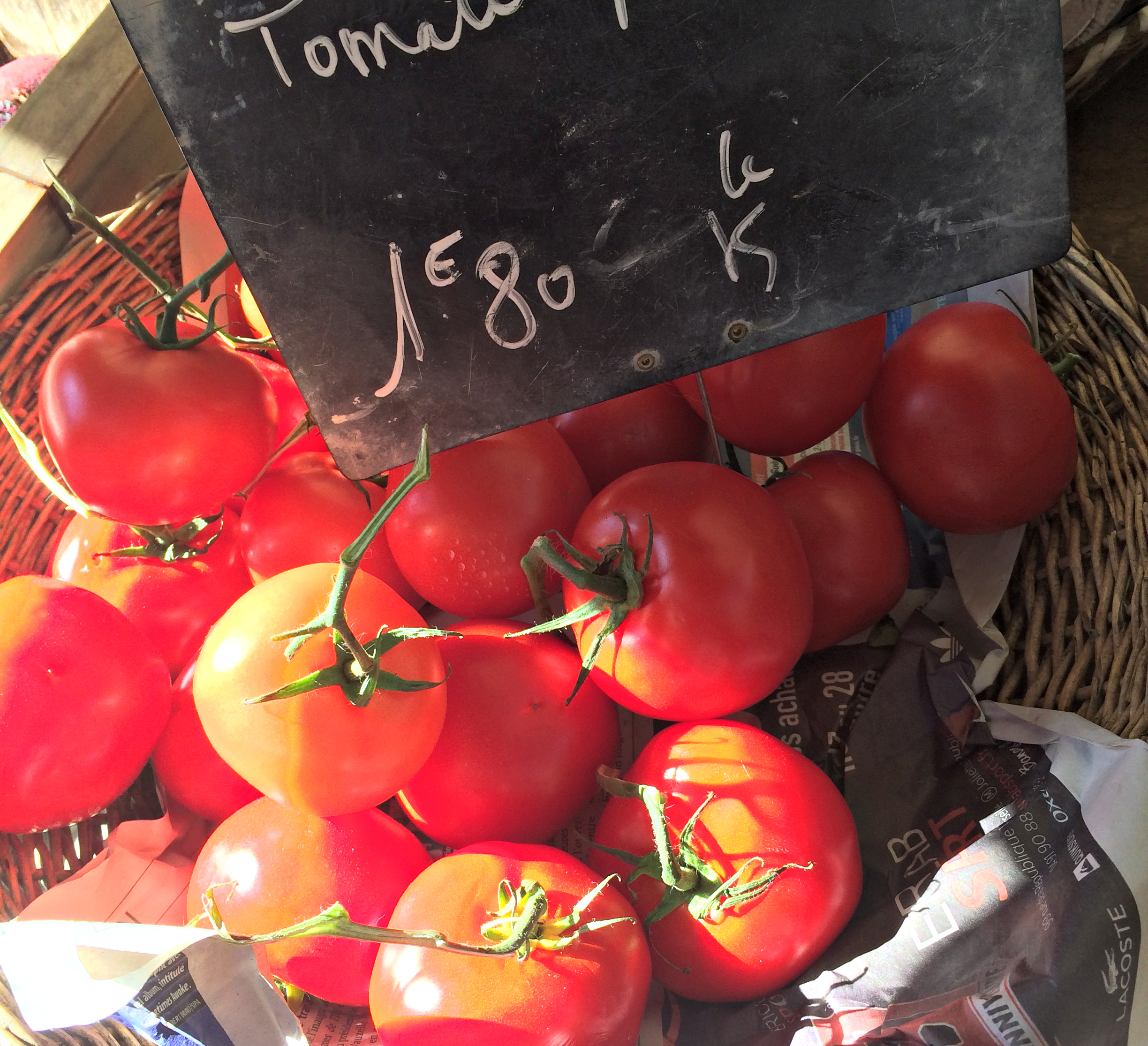 Tomatoes are still very much available in late-November.[/caption]
Tomatoes are still very much available in late-November.[/caption]
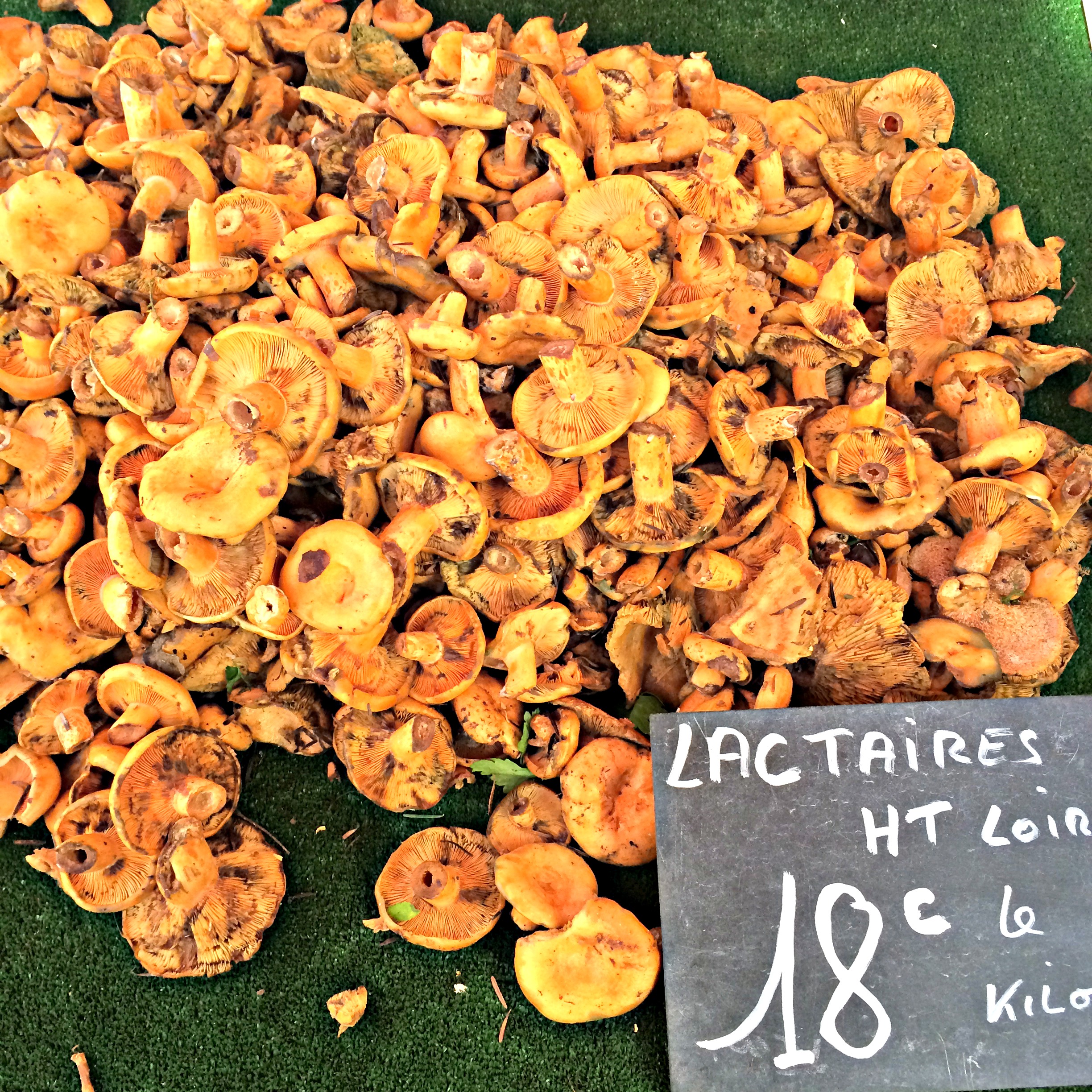 Lactaires, a type of milk-cap mushroom.[/caption]
Lactaires, a type of milk-cap mushroom.[/caption]
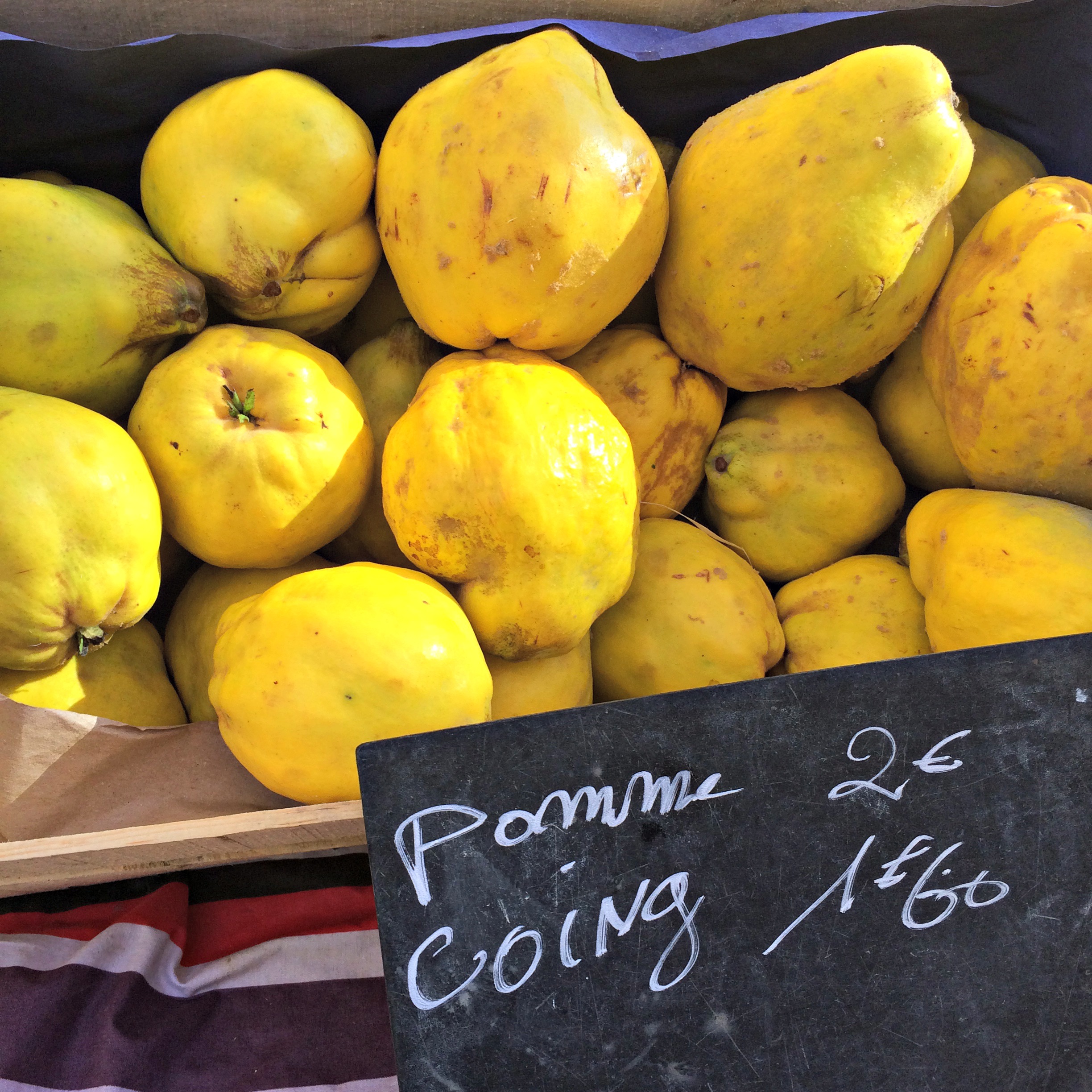 Quince, for jelly, jam or tarte tatin.[/caption]
Quince, for jelly, jam or tarte tatin.[/caption]


